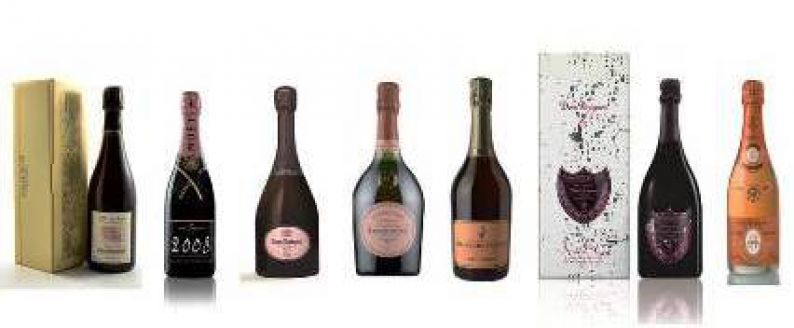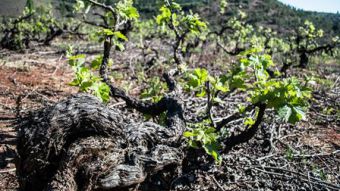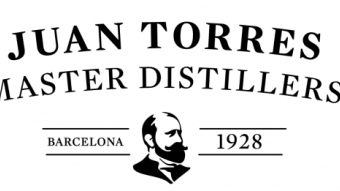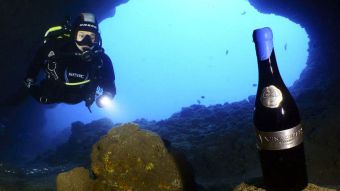Pink temptation
Rosé champagne, a delightful exception within the pantheon of sparkling wines, is challenging the supremacy of white champagne and allowing the Pinot Noir to express its colour and irresistible red fruit aromas.
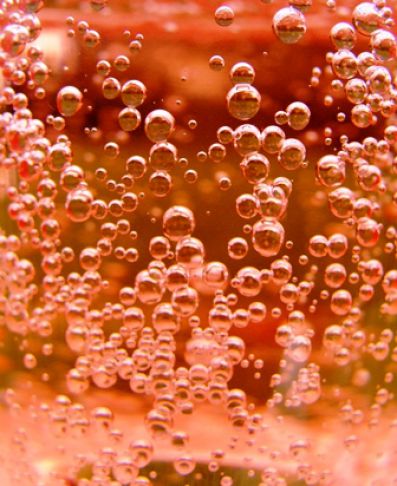 The oft held view that all wines displaying a pink hue are synonymous with cheap plonk, only suitable for pseudo-teetotallers out on a picnic, is particularly unfounded when you look at the Champagne world. Especially when the gorgeous pink hue has been created by the elite of Champagne, displayed in the loftiest cuvées from the grandes maisons, in the unique rosés from the cult vignerons and in the other pink marvels that can be found in this hallowed region.
The oft held view that all wines displaying a pink hue are synonymous with cheap plonk, only suitable for pseudo-teetotallers out on a picnic, is particularly unfounded when you look at the Champagne world. Especially when the gorgeous pink hue has been created by the elite of Champagne, displayed in the loftiest cuvées from the grandes maisons, in the unique rosés from the cult vignerons and in the other pink marvels that can be found in this hallowed region.
And it is here, in the sparkling wine stratosphere, where the evidence is hard to ignore: if the miracle of Champagne is based, among other things, on the art of creating fine white wines from red grapes, then rosé champagnes are a fascinating exception.
You only have to compare the prices commanded by the white and rosé versions of the cuvées de prestige from the big Champagne houses, to realize that the great rosé champagnes have an added value. They are rarer and more unique, their production is much smaller and often more complex, because it requires adding a process to the traditional methodology, macerating the must on the grape skins or adding red wine to the assemblage, in order to obtain the magical result.
And obviously, behind the best rosés, there lies the hand of man, who works the virtuous alchemy, ensuring that the macerated red wines are blended with the whites in that harmonious concert of sensations that marks a good champagne. Here too the raw material is of prime importance, because only Pinot Noir and Pinot Meunier from the most exceptional vineyards will make great rosés.
In addition to the above requirements, the chefs de cave at the big Champagne houses and the most skilled small producers have their own formulas for creating rosé champagnes that respect the style and quality tenets of each Champagne house.
Reference Rosés
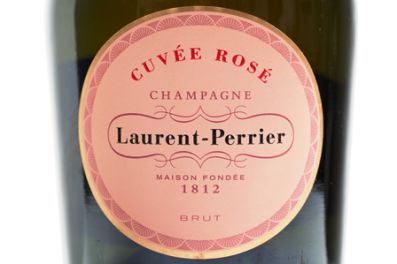 Some rosé champagnes stand out for their historical significance, consistency and appeal: they act as the flag bearer of personality, quality and style for their mentors, and they act as a safe choice for fans of pink bubbly. This is the case of the Brut Rosé from Billecart-Salmon, perhaps the most well-known champagne from this house founded in 1818 by Nicolas François Billecart and Elisabeth Salmon. This non-vintage champagne includes a proportion of Pinot Noir vinified as red to define its characteristic expression, replete with floral and red fruit aromas. The Cuvée Rosé Brut from Laurent-Perrier can claim similar fame. This champagne has the particularity of being produced by the bleeding method, with a short maceration of the Pinot Noir must on the skins to accentuate the wine’s fresh, expressive character.
Some rosé champagnes stand out for their historical significance, consistency and appeal: they act as the flag bearer of personality, quality and style for their mentors, and they act as a safe choice for fans of pink bubbly. This is the case of the Brut Rosé from Billecart-Salmon, perhaps the most well-known champagne from this house founded in 1818 by Nicolas François Billecart and Elisabeth Salmon. This non-vintage champagne includes a proportion of Pinot Noir vinified as red to define its characteristic expression, replete with floral and red fruit aromas. The Cuvée Rosé Brut from Laurent-Perrier can claim similar fame. This champagne has the particularity of being produced by the bleeding method, with a short maceration of the Pinot Noir must on the skins to accentuate the wine’s fresh, expressive character.
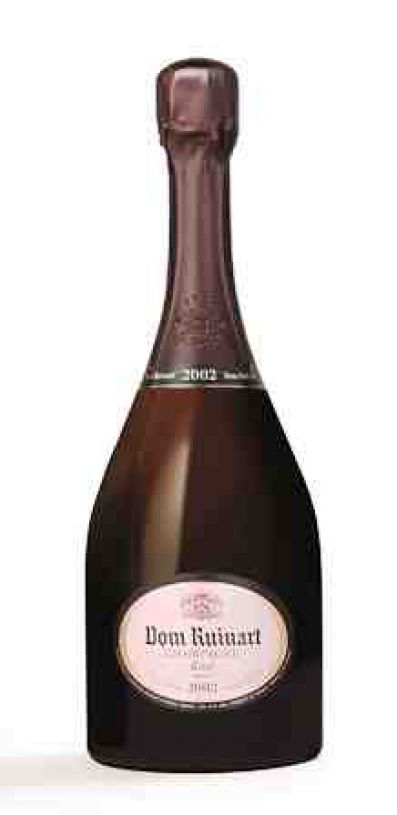 The vintage factor
The vintage factor
Going one step further, are those rosés which, as well as representing the style of each maison, express the particular characteristics of each vintage. Subject to unpredictable weather conditions, vintage rosé champagnes are only produced when the year allows it.
In this category, we would include the Drappier Great Sendrée 2006, which owes its name to a plot of vineyards covered in ash ("cendre") following a fire that destroyed Urville in 1838. This champagne shows the character and persistence of the Pinot Noir (55%) and the distinctive character and finesse of the Chardonnay (45%) in a particularly elegant vintage. We would also pick out the Dom Ruinart Rosé 2002, a delicious exception from a Champagne house specialized in Chardonnay: delicate, spicy and very fine, it includes 20% Pinot Noir vinified as red wine. Even Moet & Chandon, famous around the world as being the birthplace of sparkling wine, includes an excellent vintage rosé in its range: Grand Vintage Rosé 2008.
Legendary cuvées
There are three rosés from the same Group as Moët (LVMH) which can boast membership of the exclusive club of legendary cuvées: the sumptuous Dom Perignon, which has produced some of the most monumental rosé champagnes of all time and which, this year, is presenting a special edition of its Vintage 2004, in packaging designed by artist Michael Riedel; the nigh on impossible to find Krug Rosé, non-vintage, born of a prodigious assemblage, in which there is always a secret percentage of Pinot Noir macerated on the skins and fermented in barrel; and the very luxurious Veuve Clicquot Brut Rosé Cave Privée, whose old vintages command scandalously high prices (the latest is 1990).
 Even more sumptuous - in price and expression - is the super exclusive Cristal Rosé 2007, the top of range from Louis Roederer and retailing in Spain at a price almost triple that of its white sibling of the same vintage (525 euros for a 75 cl bottle).
Even more sumptuous - in price and expression - is the super exclusive Cristal Rosé 2007, the top of range from Louis Roederer and retailing in Spain at a price almost triple that of its white sibling of the same vintage (525 euros for a 75 cl bottle).
Secret wonders
The special editions brought out by the big Champagne houses bring out from time to time offer some other interesting alternatives. One of the most recent of these is the Belle Époque Rosé 2005 Edition Automne, with which Perrier-Jouët pays tribute to "the beauty of the ephemeral colours, aromas and flavours of Autumn", according to Hervé Deschamps, its chef de cave.
As well as these celebrated cuvées, we would suggest that the reader seek out some of the Champagnes created by producers who, although smaller, are still able to deliver an equally stately drinking experience. One such example is Jacquesson, who, when the conditions of the vintage allow it, pulls a monumental rosé out of its hat, i.e. the Dizy Terre Rouge Extra-Brut 2008, which is 79% Pinot Meunier and uses grapes from a single plot.
The Rosé de Montgueux Extra Brut from Jacques Lassaigne is also worth trying. This Champagne is an exciting expression of a terroir considered to be "the Montrachet of Champagne". Check out too, the exotic Sève Rosé de Saignée 2009 from brothers, Serge and Olivier Horiot, perhaps the "reddest" of all the rosé champagnes, with an intense colour and almost Burgundian profile. And, of course, let’s not forget another dark, tannic and voluptuous rosé: the Rosé Sauvage from Piper Heidsieck.
